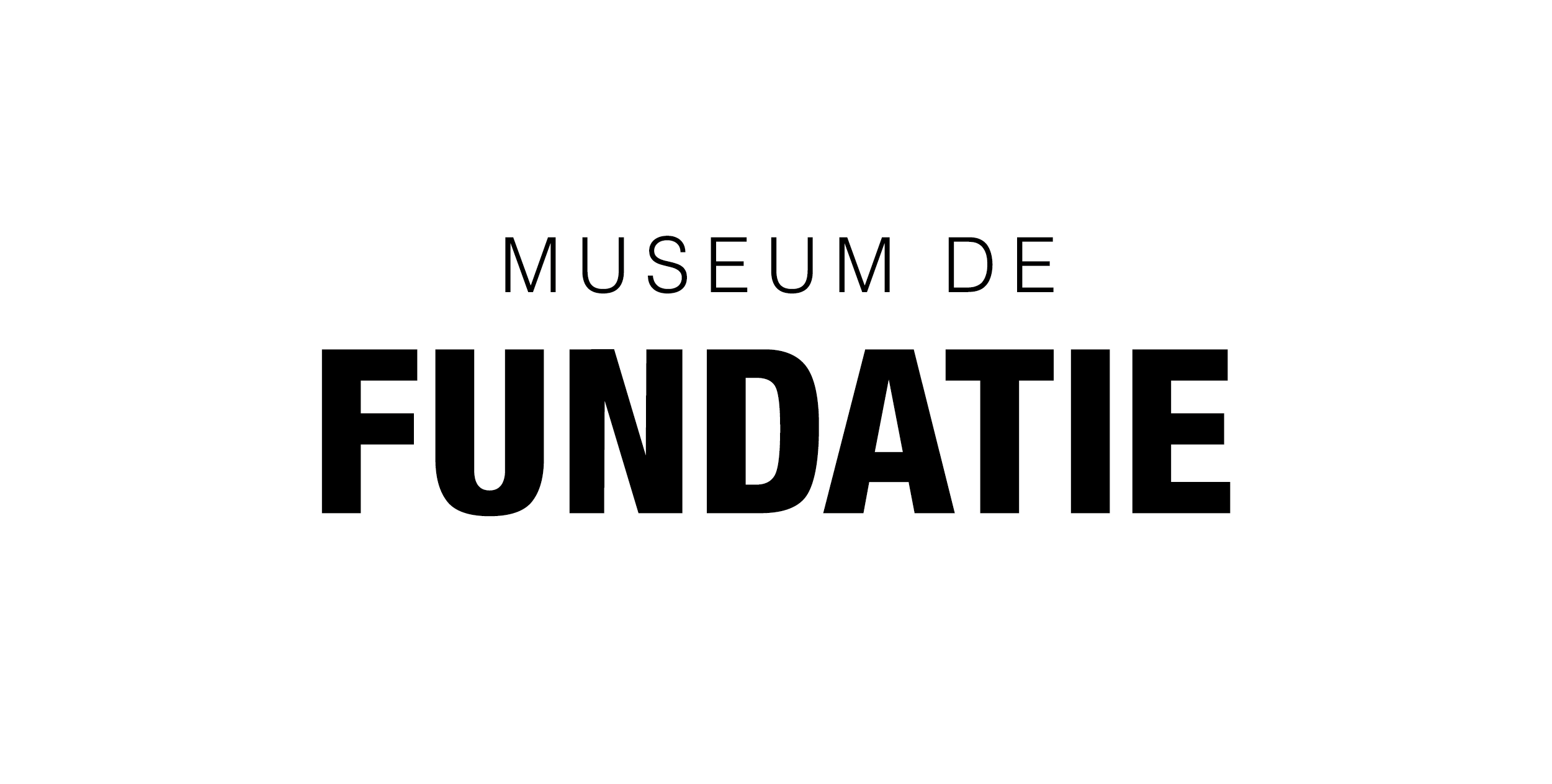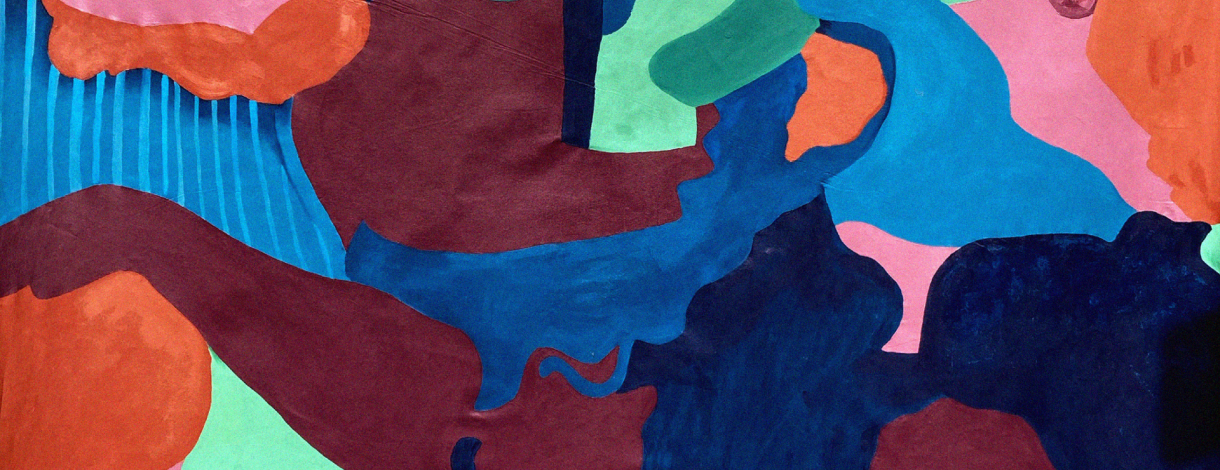

Provenance research

As custodians of a rich and diverse collection, we feel a responsibility not only to share the beauty and story of our artworks, but also to trace the history behind their provenance. By intensifying our provenance research, we hope not only to gain a better understanding of the history of our collection, but also to contribute to broader discussions on cultural restitution and ethical practices in the museum world. We see this as an essential step in our ongoing commitment to the preservation and accessibility of our cultural heritage for future generations.
Provenance research
After the national socialists came to power in Germany in 1933 Jews were persecuted and their property was confiscated. This eventually led to the looting of art on a large scale, both prior to and during the Second World War. Art was stolen, confiscated or sold under duress for low prices, by people desperate to obtain money to live on or to flee to another country. This happened both in Germany and in countries occupied by the Germans, such as the Netherlands. Some looted property ended up in Dutch museums, via art dealers, auctions or private individuals. Later, too, museums acquired art objects whose provenance was not always clear.
In colonial times, many artworks were taken by Europeans from countries and regions outside Europe, and their status is often unclear. For a long time museums – particularly art museums – paid little attention to the provenance of these objects. Nowadays, institutions are conducting joint research into the history of these objects, and Museum de Fundatie is pleased to be a part of these efforts.
READ MORE ABOUT JOINT RESEARCH
We acknowledge the painful history and the enduring sense of loss that these artworks represent. Our commitment to this issue means we are keen to offer as much transparency as possible concerning research into our collections and its findings.
Museum de Fundatie is currently the custodian of two unique collections, each of which has its own history. This is discussed below, with a particular focus on the research into the provenance of the objects in the collections.
Stichting Hannema-de Stuers Fundatie collection
As part of the Dutch Museum Association’s ‘Museum Acquisitions 1933-present’ project, which involved 162 Dutch museums, from 2009 to 2012 Museum de Fundatie performed extensive research on the objects directly or indirectly acquired for its museum collection. This concerned museum objects produced before 1945 and acquired after 1933. The purpose of this provenance research was to establish whether Museum de Fundatie’s collection might contain objects relinquished involuntarily by their owner(s) during the Nazi regime (1933-1945), as a result of which they are the subject of ‘involuntary loss of property’. Provenance research on the museum’s collection continues, as in the case of numerous objects insufficient information was uncovered concerning their direct or indirect acquisition to trace their full provenance. No source has, for example, been identified for some 977 objects made before 1945. These are mainly objects in the design category.
The possibility that objects in this category have a provenance associated with involuntary loss of property cannot be ruled out. The same applies to objects in the collection from regions in Africa, Asia and Latin America, whose provenance is still uncertain, and which were largely acquired by Dirk Hannema, whose collection provided the basis for the museum.
During the war, when Dirk Hannema was director of Museum Boijmans, he was not unsympathetic to the country’s new cultural policy. In 1943-1945, for example, he acted as a representative of the Dutch museum sector for the Dutch National Socialists, or NSB. He also had contact during the war with dealers who had a controversial role in the art trade at the time. No evidence has ever been found that Hannema directly added items to his collection that were stolen property of Jewish people, however. After Hannema’s death successive directors added to his collection, which was transferred to the foundation (Stichting). Today, the collection comprises approximately 8798 items.
Overijssel provincial collection
Besides the collection created by Dirk Hannema, as described above, Museum de Fundatie is also custodian of more than 5000 objects that belong to Overijssel provincial authority. Highlights include the collection of 250 paintings, watercolours and drawings by Jan Voerman Sr and Paul Citroen’s collection of modern art from the period 1900-1965. Extensive provenance research has not revealed any problematic works in the provincial collection to date. The museum drew this conclusion after studying material such as old inventory cards, ledgers, artist files, the archives of Jan Voerman and Paul Citroen (ledgers), the archive of Stichting Nederlands Kunstbezit (an organisation set up after the war to recover art stolen from the Netherlands) and numerous publications.
The provenances of the works in Paul Citroen’s collection have not been completely identified, but there are as yet no indications of any problematic history. Citroen often bought work from artists themselves, or agreed an exchange with the artist. He listed all his acquisitions in the period 1919-1977 in his ledgers. The Jan Voerman collection was largely acquired from collector Henk van Ulsen, who had bought a lot of work from private individuals, Voerman’s heirs or at auction. It is not known where Van Ulsen acquired a number of the works.
The provenance research on the provincial collection will also continue, as in the case of numerous objects insufficient information was uncovered concerning their direct or indirect acquisition to trace their full provenance.
The museum actively approaches possible stakeholders to discuss the history and future of these works. We are aware that, for the stakeholders, the investigations have been a long time coming. Museum de Fundatie is keen to see justice done in these matters. If research reveals that a work should not rightfully be at the museum, we will certainly respect this fact.